If you've always wanted to get those evergreen ground cover plants that will add a feel of beauty and comfort to your yard, this article is for you.
Ground cover plants are low-level growing plants that serve varieties of lower landscape solutions in the yard.
They are carpet-like plants that spread across uncoordinated spaces in the lawn, creating a look of fullness at the ground level of larger plants hence giving your garden a beautiful base for plants.
They also combat the factors that limit slope stability and texture, such as soil erosion and weed growth.
When in search of an all-year ground cover for a particular garden, gardeners always choose this type of ground cover plants ever as their foliage provides visual colors all year round.
Read Also: How To Care for Citronella Plant
Table of Contents
Benefits of Evergreen Ground Covers in the Garden
The significant value of including evergreen ground cover plants in a garden are many, during winter, many ground cover plants die or stay dormant but the evergreen ground cover plants remain green all winter.
Other reasons are:
Low Maintenance
Most evergreen ground cover plants are very easy to look after and are considered the best option for landscaping as they require very little care. Usually, they are versatile and thrive in a variety of areas and aren't too selective in the type of soil they grow.
As long as other plants' growing needs are met and matched to a suitable location or position, they can access enough sunlight or shade, as determined by their preference, and then getting them to grow won't be an issue.
They are also considered as a low yard maintenance option. Grown on a slope in place of grass, they help you avoid mowing the lawn even in problem areas.
Visual Year-Round Interest
The main benefit of an evergreen plant is that it provides year-round interest in the garden. Other plants may die or lie dormant during winter, the evergreen cover plants are in full bloom all year long, giving shelter to the soil by diffusing heavy downpour and snowfall before it reaches the soil.
While other gardens may look barren and dead, a garden infused with a good selection of evergreen plants, gardens can look flourishing all year long, as they never lose their healthy, evergreen foliage.
Weed Suppressant
Evergreen cover plants can minimize weed production consistently. They do this in two ways. First of all, they act as a living mulch and cover the soil to limit weed seed germination.
Secondly, when ground cover plants are mature, they physically suppress weeds from growing by acting as a suppressant.
In return, this will tackle weed growth by saving you the stress and time digging and weeding because instead of stubborn weeds, you will have beautiful evergreen foliage in return.
Improves Soil Quality and Texture
Evergreen ground cover plants act as a natural protective covering to improve the soil quality by increasing the level of soil organic fertilizer. A soil with increased organic matter will result in more sustainable plants, which are more likely to thrive.
Cost-Effective
Evergreen ground covers are usually inexpensive to plant and maintain considering the size of the space they fill for the cost of purchasing them and the option of leaving the soil bare and the consequences that comes with it.
Evergreen ground cover plants are the best ground aid to cover your bare earth at the same time, giving you a look of a finished design, without spending so much money.
Prevents Soil Erosions
Evergreen ground covering plants forms a web that helps to unite soil together and prevent erosion. This feature is of great advantage in sloppy or soil found on mountain base or hillsides, where the upper layer of the soil is prone to wearing away.
Evergreen ground cover plants also prevent erosion during heavy rainfall, which tends to wash soil away as the plants serve as protective covering and grip for the soil.
Fill in Spaces
If you have a poor looking uncoordinated look in your garden or lawn as a result of spaces and gap, then evergreen ground cover plants are the best solution. They easily grow in all directions to fill any available space, thus covering holes in no time.
Soil Covering
Evergreen ground covers behave in a similar way to garden mulch. The soil covering they provide serves as a layer of insulation, maintaining the soil's temperatures in both summer and winter seasons.
This way, the plant can maintain cool temperatures in the summer and warm temperatures in the winter. In return, this is favorable to your other plants because it shields roots from being destroyed by low temperatures in colder seasons.
They also trap moisture in the soil for more extended periods, which will save you the stress of frequent watering and cut water bills in the long run.
Read Also: How to Care for Blue Star Creeper
Best Evergreen Ground Cover Plants for Garden
We have compiled a list of the best evergreen ground cover plants for your yards and gardens.
Creeping Phlox (Phlox subulata)
Creeping phlox is a versatile plant that can grow in partial shade to full sun, though. It thrives well in a moist, well-draining but can also tolerate quite a several soil variants.
It works well in different growing situations, from ground cover to hanging baskets and container planters.
This flowering ground cover features needle-like evergreen foliage full bloom starry pastel flowers in shades of pink, white, blue, and lavender.
Wall germander (Teucrium chamaedrys)
This is a low-growing, shrubby cover plant. It thrives in a variety of soil types, and it's drought-tolerant under heavy rainfall.
In summer, it produces purple-pink shades of flowers, and it can be pruned to form a plant boundary if wanted to be used as edge beds. With a height of around 1-2 feet, tall and is hardy to -20 degrees F.
Japanese Spurge (Pachysandra terminalis)
This tough low growing ground cover plant can withstand many circumstances that other plants would not survive. It thrives in partial to full shade, which makes it the best cover plants for shaded areas under trees or dark corners of gardens.
The Japanese spurge enjoys a highly humus acidic soil but can still grow in less ideal conditions like poor soil texture, including high clay content. It features green leather foliage with a small white flower that sprouts out when mature.
Lowering thyme (Thymus spp.)
Lowering thyme comes in different species and varieties, and they make a perfect choice for ground cover because they stay green all winter. Most of the thyme species are cold-tolerant down to -20 or -30 degrees F. Flowering is suitable for almost all gardens.
Their growth level varies depending on the specie, thyme grows between 1-3 inches tall, and the scent leaves of culinary thyme can be used to flavor dishes. Flowering thyme is also a perfect deer resistor.
Read Also: Can I Plant Strawberries In The Fall?
Bearberry (Arctostaphylos uva-ursi)
This is a low-growing shrubby ground cover plant that makes an excellent ground cover in colder climates. It thrives better in low temperatures than in high temperatures and will try hard to grow in humid or hot climate areas.
Its ideal soil condition for growth is in a moderately moist, well-draining soil but is also known to grow in poor or infertile soil.
This full sun loving cover plant blooms with a significant number of attractive flowers during springtime, accompanied by dark green shiny foliage that sprouts out during winter before changing back to green during spring.
Lilyturf (Liriope muscari)
This plant is a robust and fast-spreading cover plant, which makes it a perfect year-round cover ground cover.
It forms a cluster that is ideal for poor soils or garden beds under large trees. Most variants are sturdy down to -30 degrees F and grow to a height of about 6 inches tall.
During springtime, lilyturf produces a tower of purple flowers. Maintenance is quite simple; prune dead growth to generate fresh new growth each spring season.
English Ivy (Hedera helix)
English Ivy is a vast famous gardener's choice for ground cover as it can create a thick ground cover within a short period in a relatively short amount of time and requires no maintenance.
Its dense blanket covers the ground in such a way that it is a considerable preventive measure for limiting weed growth and preventing soil erosion.
It thrives well in a high humus well-draining soil type.
Candytuft (Iberis sempervirens)
This low-growing, evergreen ground cover plant produces green foliage with a white flower cone during summer.
Candytuft (Iberis sempervirens) is pollinator-friendly and drought tolerant. It grows 1-2 feet tall and is sturdy down to -30 degrees F. It is considered one of the best because of its deer-resistant feature.
Read Also: When To Plant Okra In Alabama
Conclusion
If you're trying to figure out how to add color and texture to space and gaps in your yard or garden, your best solution is to use any of the evergreen ground cover plants listed here.
This ground cover is a carpet of plants with a collection of beautiful colors that will fill your garden with an ornamental and requires little maintenance. They are also perfect for your landscaping projects and walkways.
This article has taught you all about beautiful ground covers; why not explore your green thumbs to create a mind-blowing garden design.

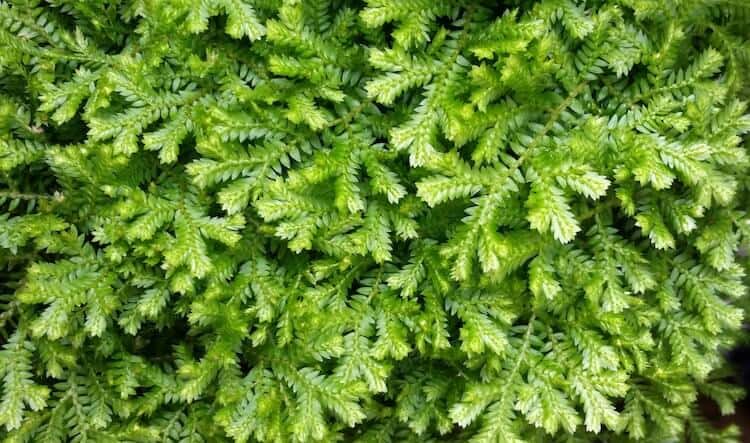
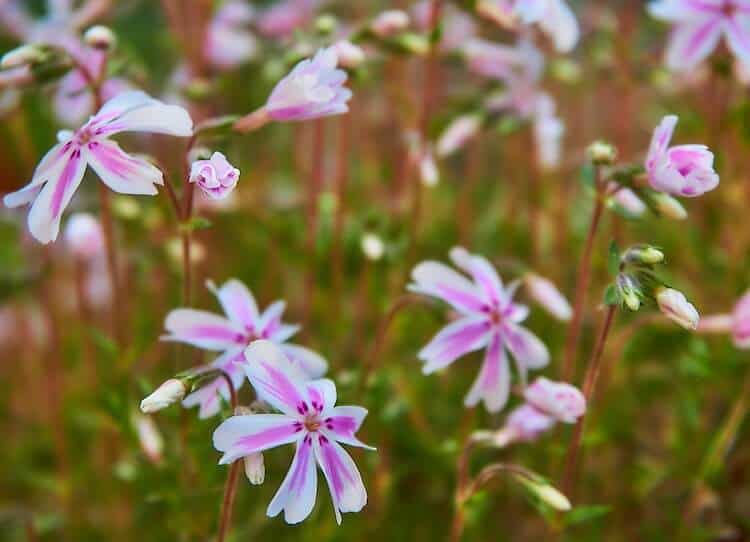

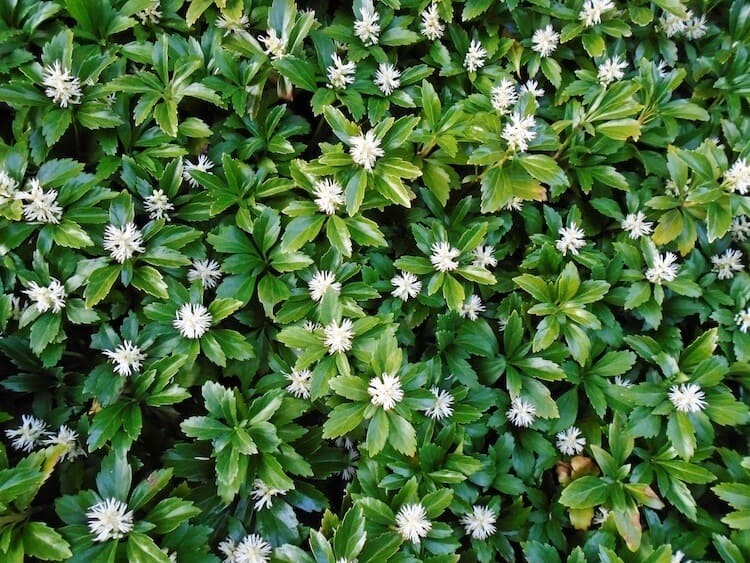
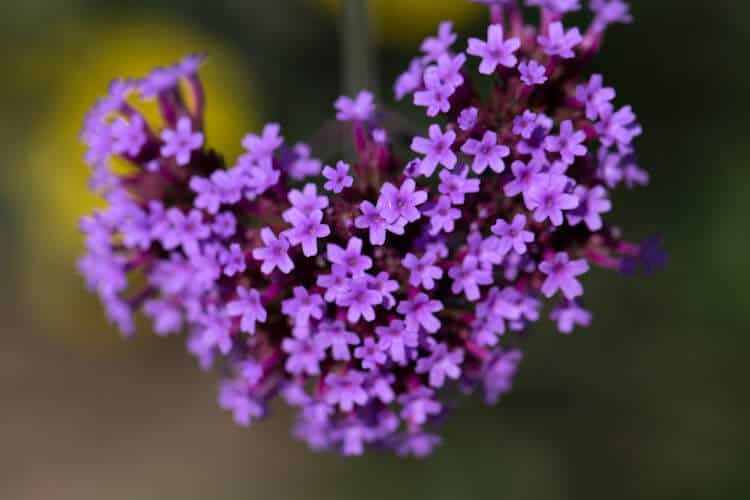
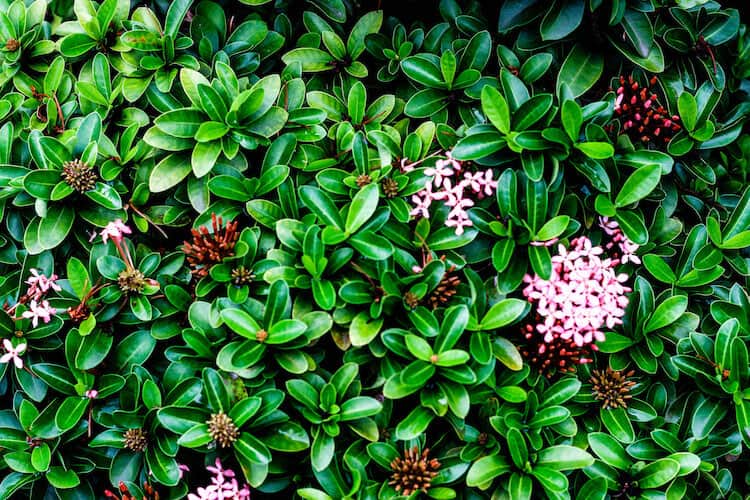

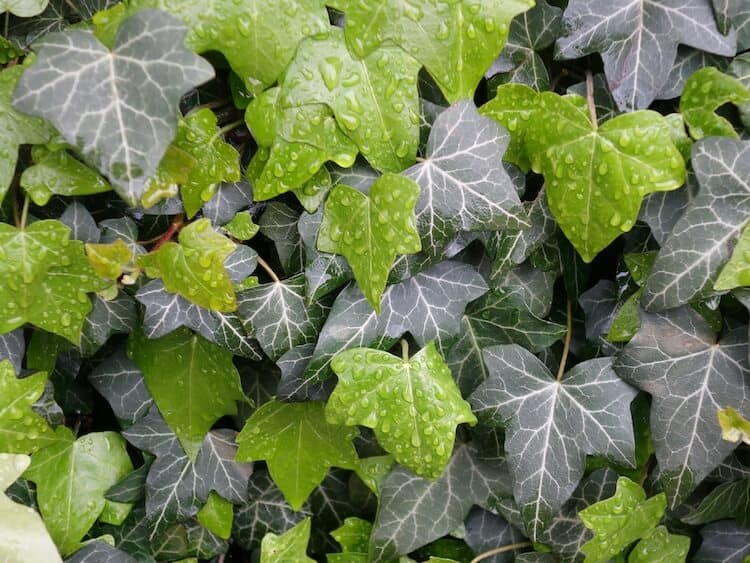
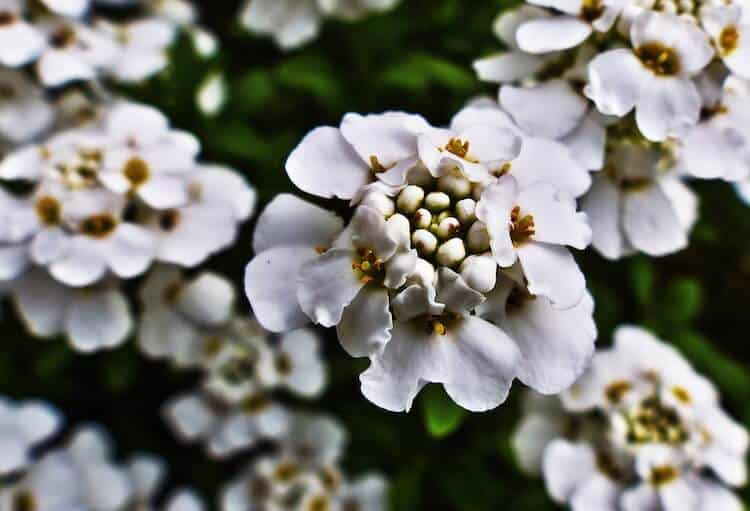

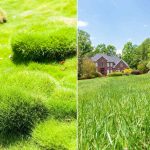
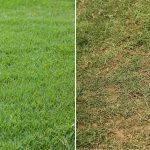
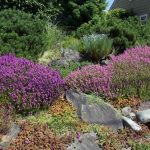
Leave a Reply